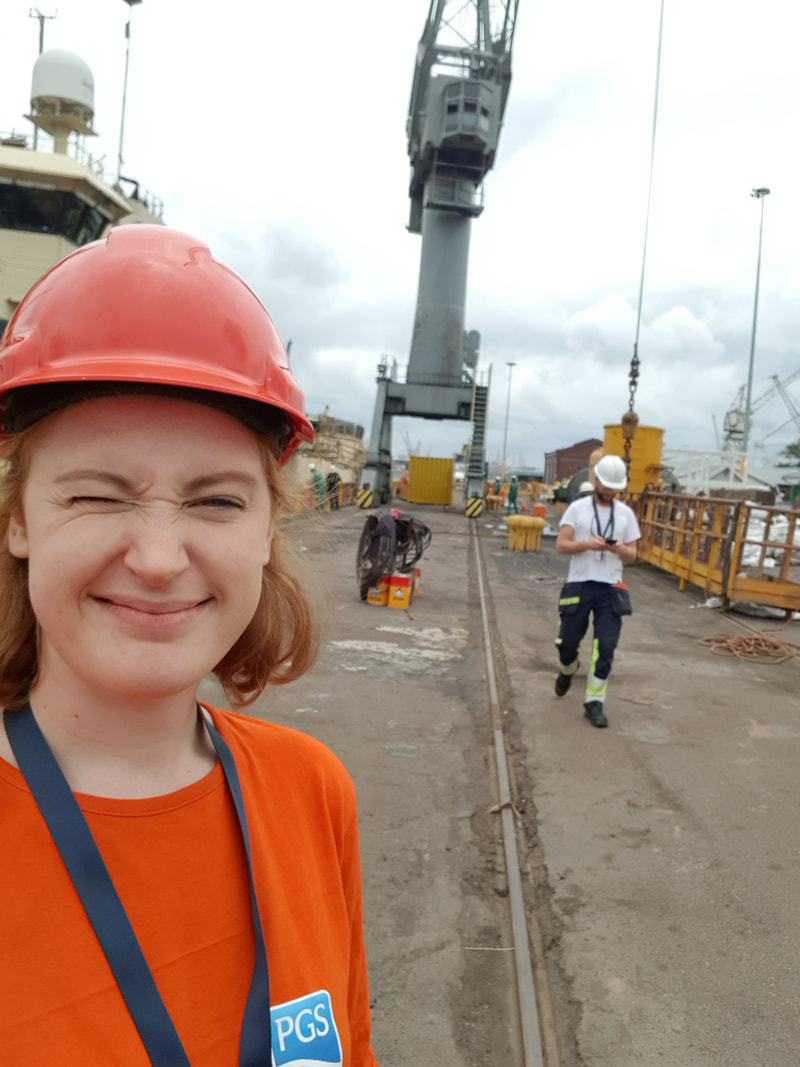|
When COVID-19 hit the shipping industry behind the kneecaps, we needed to react fast. As with many suppliers, a lot of our clients had ongoing projects that needed to be postponed, cancelled, or simply put on hold. Like many of us across the industry, we had to see multiple colleagues and connections get laid-off, and ships were stuck in places where border restrictions had been initiated. For a company that deals with dry-docking, suddenly, these projects were hard to execute. In this ‘new world’, most yards difficult to enter and quarantine requirements made normal attendance very time-demanding, and as we know - time is money. By April the numbers started to show what was going on in the market. Vessels were being forced into layup, three times as many ships were placed in lay-up and twice as many were recycled compared to before COVID-19. We did manage to react to the changing environment quickly. By the beginning of April, we already developed a masterplan for lay-ups ready to roll out (including a set of standard activities and milestones clients needed to follow on this sort of technical project). This was developed and tested in collaboration with existing clients and classification societies.
The ambition with this process is to help ship owners in the preparation of their ships for a period of lay-up and to provide guidance for maintaining the ships in a safe and cost effective condition. The phases were outlined in three stages: Deactivating the ship
It has been estimated that the COVID-19 consequences for the maritime industry are likely to be greater than the financial crisis and the oil price crisis combined. Although this has yet to be seen – and the shipping industry is remarkable resilient – the current situation has also highlighted the need for increased digitalization in the industry. COVID-19 has shown us how dependent we are on the human factor. No, the human factor is not you as ONE individual, by a series of individuals working across a major project. As long as remote working is correctly implemented and managed, all ongoing tasks can be successfully completed through collaboration and transparency around activity. A superintendent's job is extremely important, but how can we better collaborate with others involved in the project: the captain, the crew, the yard, and third-party contractors that are located in yards that are now inaccessible? You do not need those sheets of paper and a pen to complete a survey, you actually just need a mobile phone and help from possibly the other side of the planet to get live. And unlike COVID-19 - digital solutions are here to stay (please tell me I am right about that!). By Lene Normann OlsenSales Executive, VesselMan
1 Comment
|
Archives
February 2024
Categories |
VesselMan |
Support |


 RSS Feed
RSS Feed
